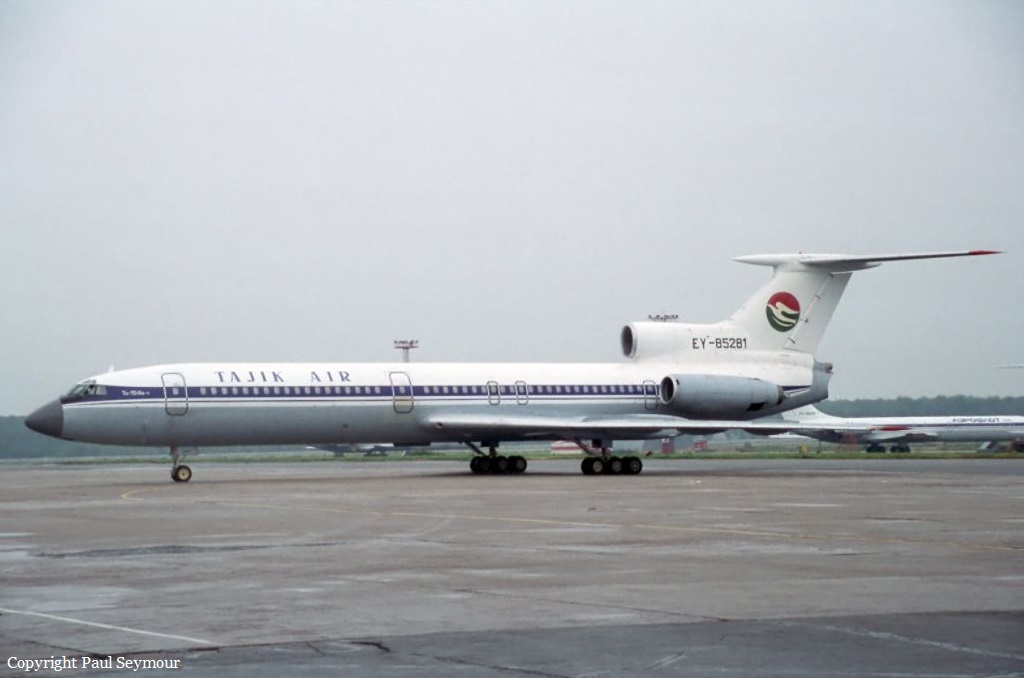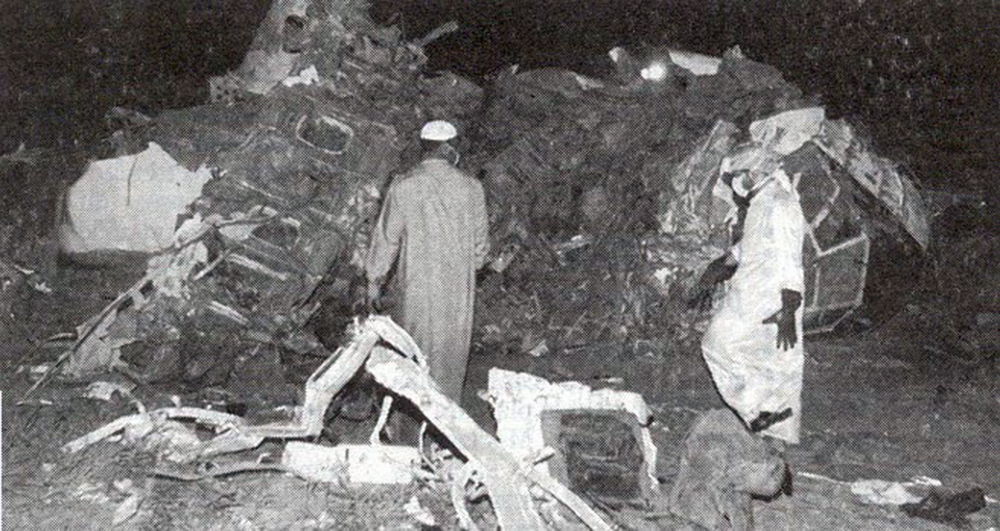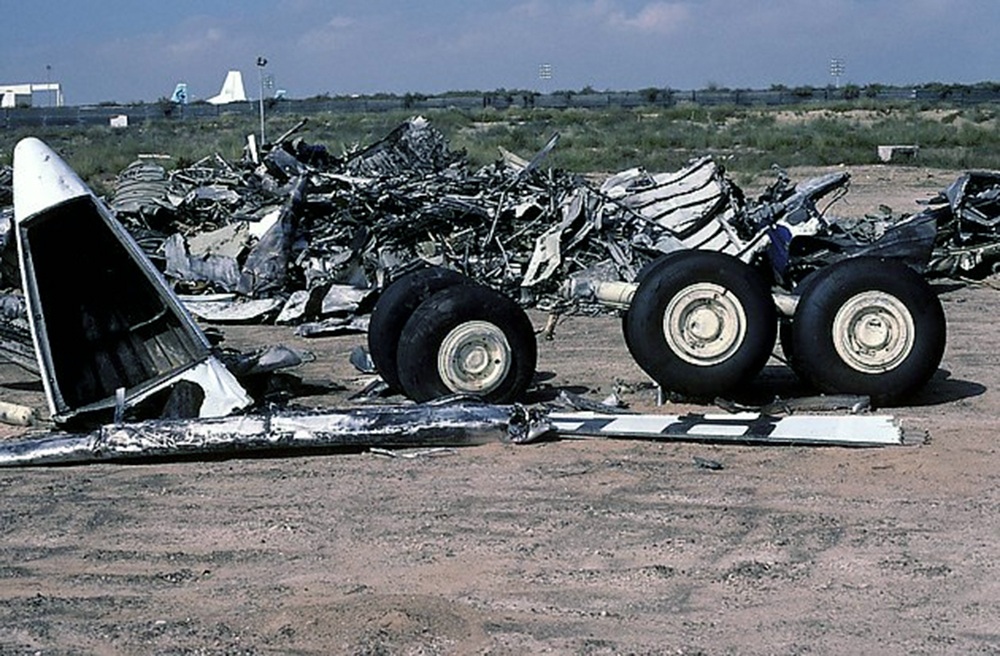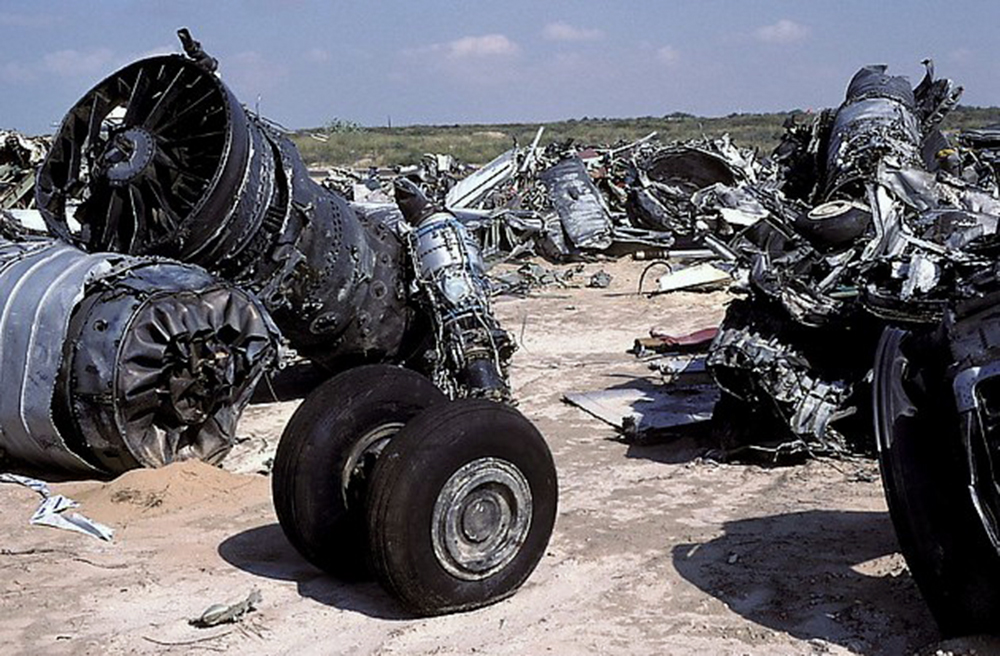Zone
Crash of an Ilyushin II-76TD in Khartoum: 7 killed
Date & Time:
Feb 3, 2005 at 0807 LT
Registration:
ST-EWB
Survivors:
No
Schedule:
Sharjah – Khartoum – Nyala
MSN:
00234 38122
YOM:
1982
Crew on board:
6
Crew fatalities:
Pax on board:
1
Pax fatalities:
Other fatalities:
Total fatalities:
7
Circumstances:
The four engine aircraft departed Sharjah Airport on a cargo flight to Nyala with an intermediate stop in Khartoum, carrying 46 tons of humanitarian aid for refugees in Darfur. On board were sisx Russian crew members and one Sudanese translator. While approaching Khartoum-Haj Yusuf Airport, the crew reported fuel issues and elected to make an emergency landing when the aircraft crashed in a desert area located 800 metres from the Ad Babkr District, about 15 km East of Khartoum. The aircraft disintegrated on impact and all seven occupants were killed.
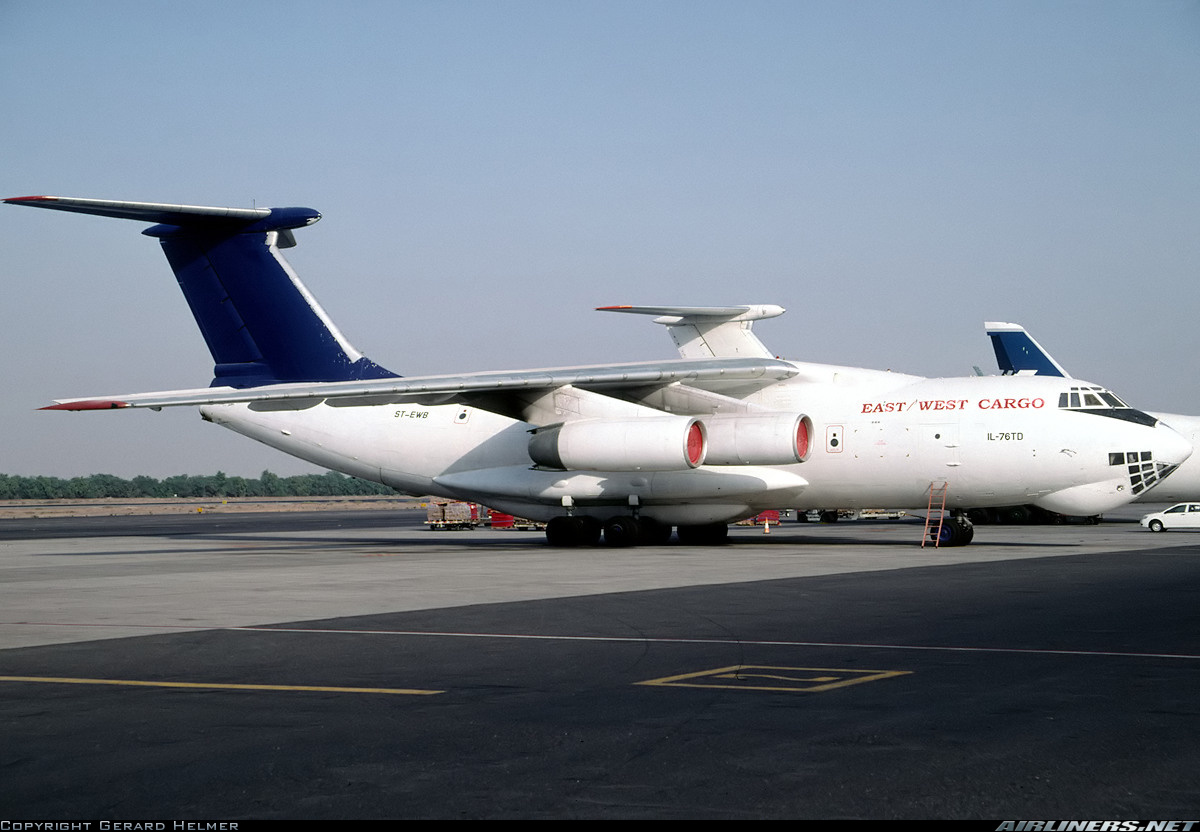

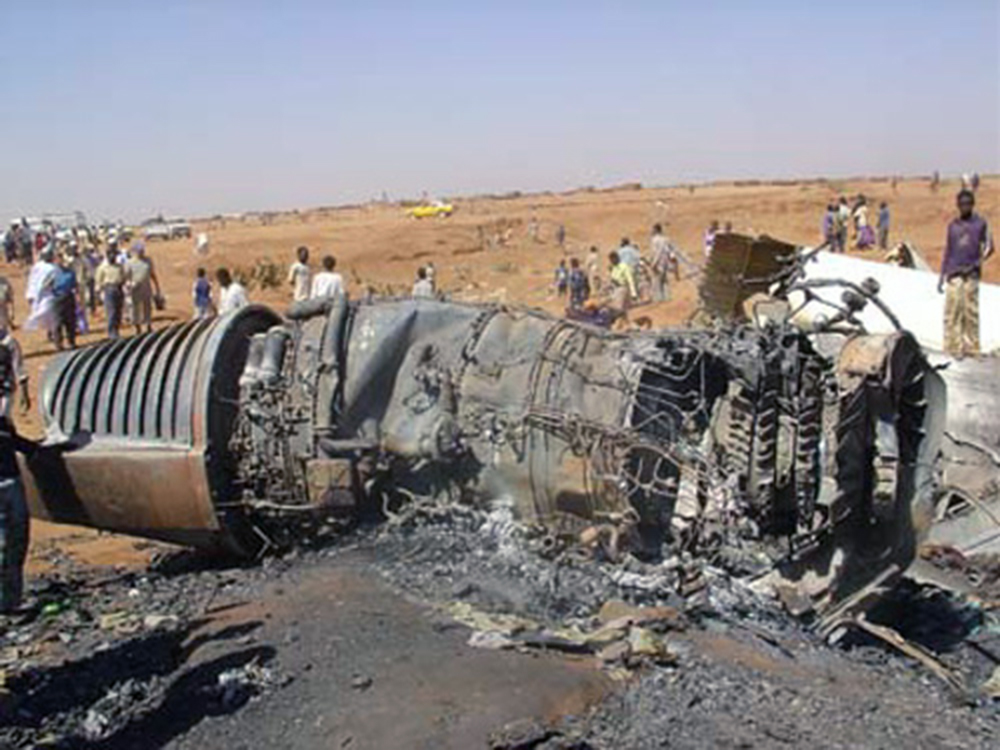
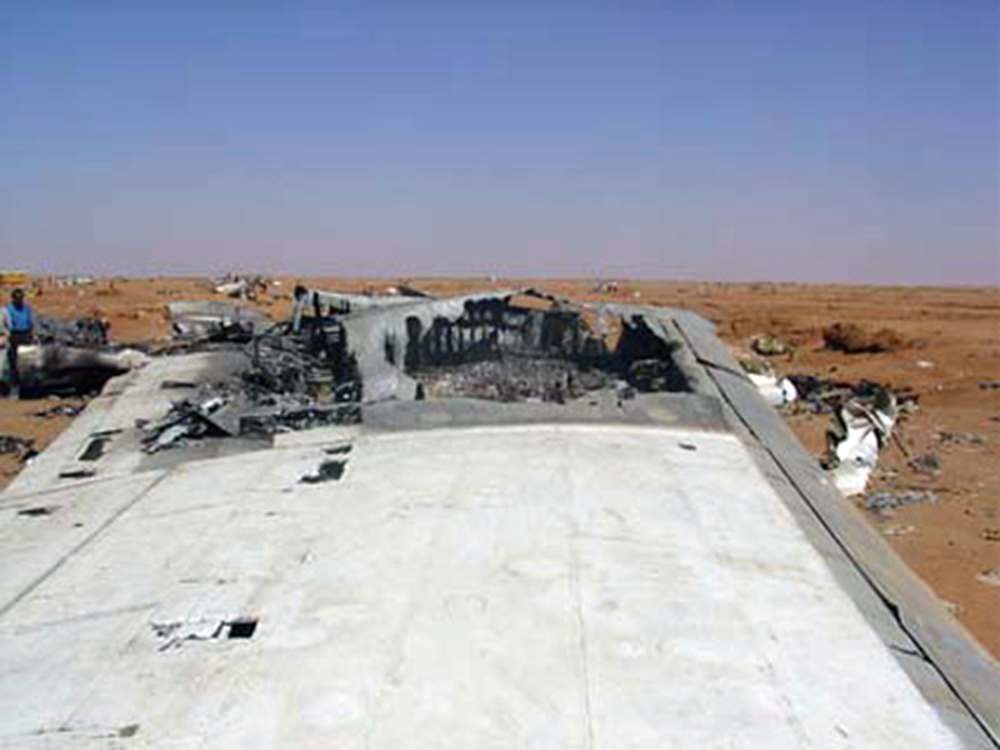

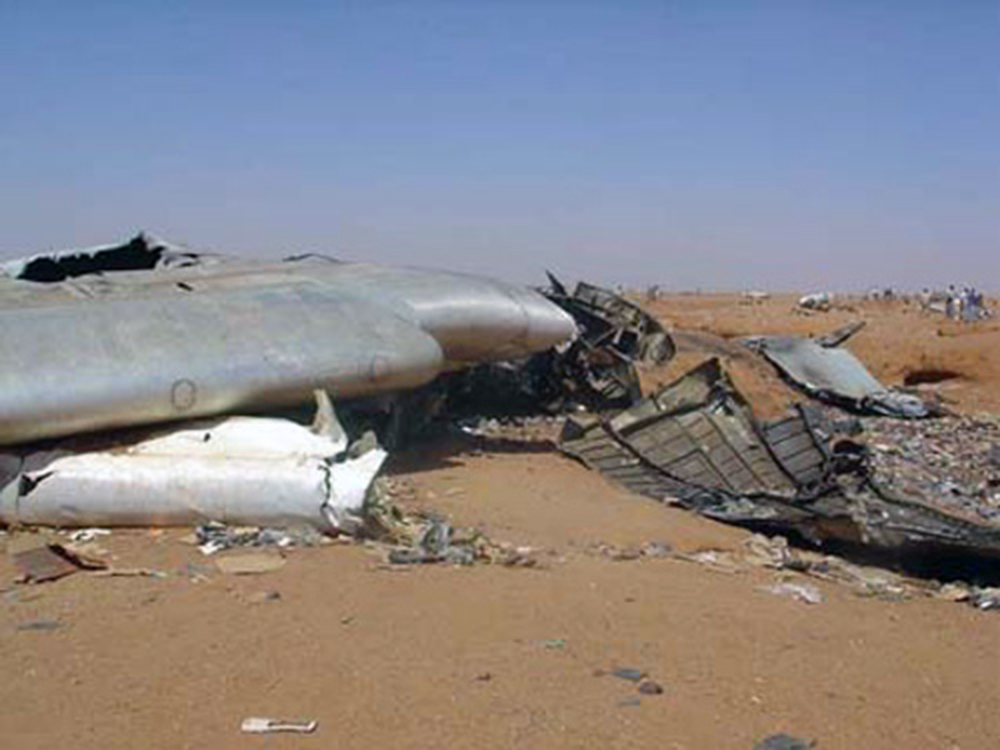
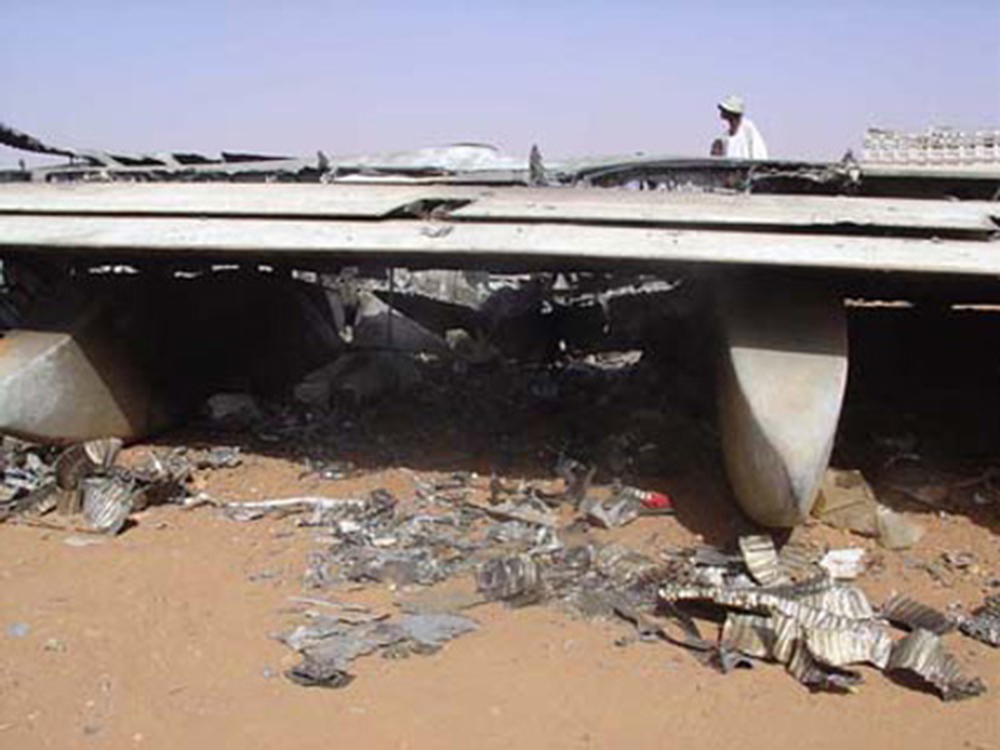

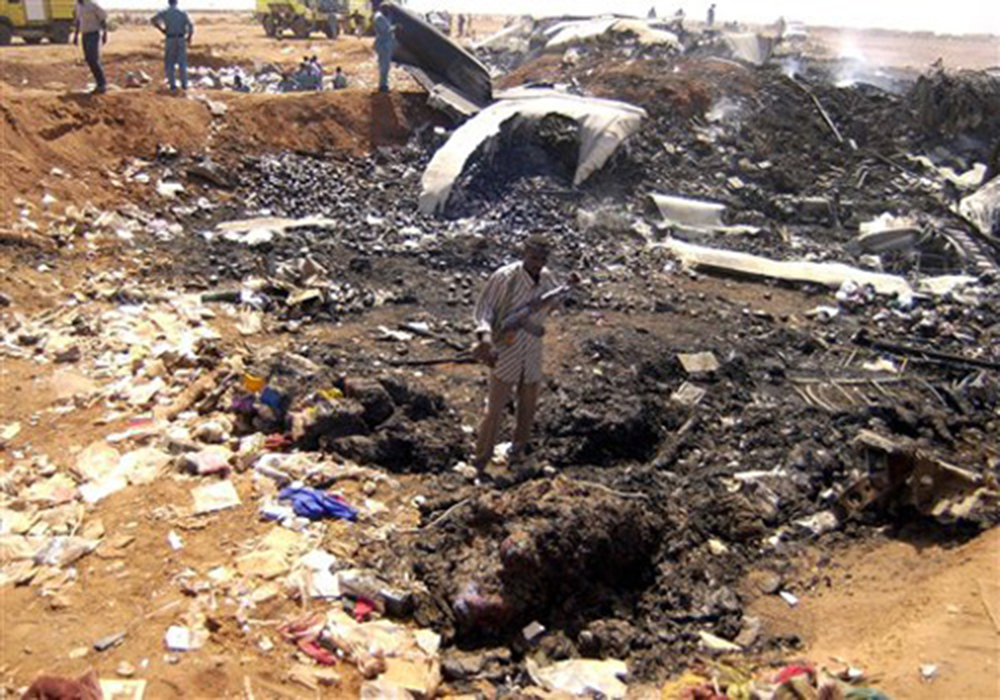
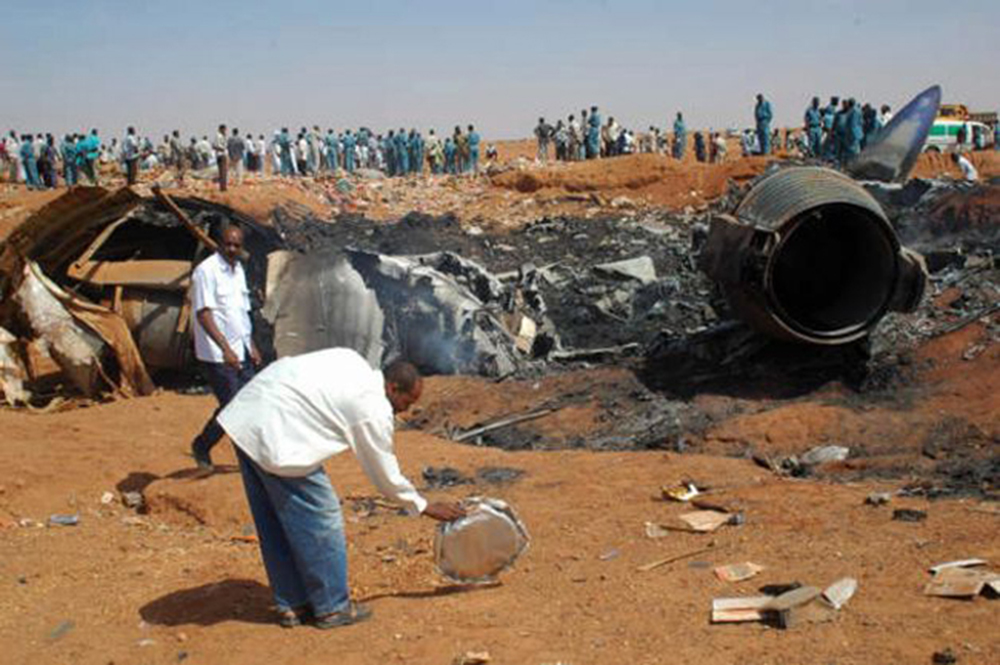
Crash of a Boeing 747-200 in Sharjah
Date & Time:
Nov 7, 2004 at 1635 LT
Registration:
TF-ARR
Survivors:
Yes
Schedule:
Hong Kong – Sharjah – Frankfurt
MSN:
23621
YOM:
1986
Flight number:
DLH8457
Crew on board:
4
Crew fatalities:
Pax on board:
0
Pax fatalities:
Other fatalities:
Total fatalities:
0
Captain / Total hours on type:
430.00
Copilot / Total hours on type:
1547
Aircraft flight hours:
79733
Aircraft flight cycles:
13833
Circumstances:
The aircraft and crew were assigned to operate a cargo flight, DLH8457, from Sharjah, U.A.E. to Frankfurt, Germany. The crew did not notice anything unusual with the aircraft apart from a few known defects verbally reported by the crew that operated the previous sector from Bangkok. The aircraft was then prepared for the flight to Frankfurt and the crew completed pre-departure checks including an external inspection of the aircraft. After push back and engines start-up, at 1623:24 hr the crew was cleared by ATC to taxi the aircraft to runway 30. From the performance and speed reference cards the crew ascertained the decision speeds for a reduced engine thrust 10º flap takeoff as follows; V1 – 162 KIAS, Vr – 174 KIAS and V2 – 180 KIAS. The crew line-up the aircraft for a full length take-off and was cleared for take-off at 1631:42 hr. A surface wind check of 340º/08 kt was passed by the tower controller. The take-off roll commenced at 1633:32 hr. During the roll, the FO made the 80 KIAS call at 1633:57 hr followed by the V1 call 26 seconds later. At the same time of the V1 call, the tower controller transmitted to the crew “and Lufthansa there was a bang and you’ve got smoke coming on the right hand side”. The commander then aborted the take-off at 1634:26 hrs whilst maintaining the aircraft on the runway centreline. The speed of the aircraft when aborting actions were first initiated by the crew was 165 KIAS. The crew indicated that the power levers were brought to idle, full reverse thrust selected, speed brakes deployed and manual application of brakes were made. The aircraft acceleration however, continued to 171 KIAS before decelerating normally but was not able to come to a halt within the accelerate stop distance available. Just prior to reaching the end of the runway, the commander turned the aircraft to the left to avoid the elevated approach lights at the end of the runway and it came to a stop in an open sand area approximately 30 metres from the prepared surface of the runway in a nose low attitude. The commander then ordered an evacuation and the crew exited through the right upper deck door using ladders provided by personnel from the airport RFF services.
Probable cause:
The cause of this accident was the termination of the take-off at a speed above V1 with insufficient runway remaining to stop the aircraft safely as a result of the commander’s interpretation that there was smoke and ‘fire’.
Contributory Causes:
a) The failure of the No 9 wheel rim during the take-off roll which caused the bang and smoke.
b) The probable use of watermist as a medium to cool hot brakes which may have subject the wheel rims to fail under normal operating loads.
c) The continued usage of the inboard wheel half that should have been retired during year 2000.
Contributory Causes:
a) The failure of the No 9 wheel rim during the take-off roll which caused the bang and smoke.
b) The probable use of watermist as a medium to cool hot brakes which may have subject the wheel rims to fail under normal operating loads.
c) The continued usage of the inboard wheel half that should have been retired during year 2000.
Final Report:

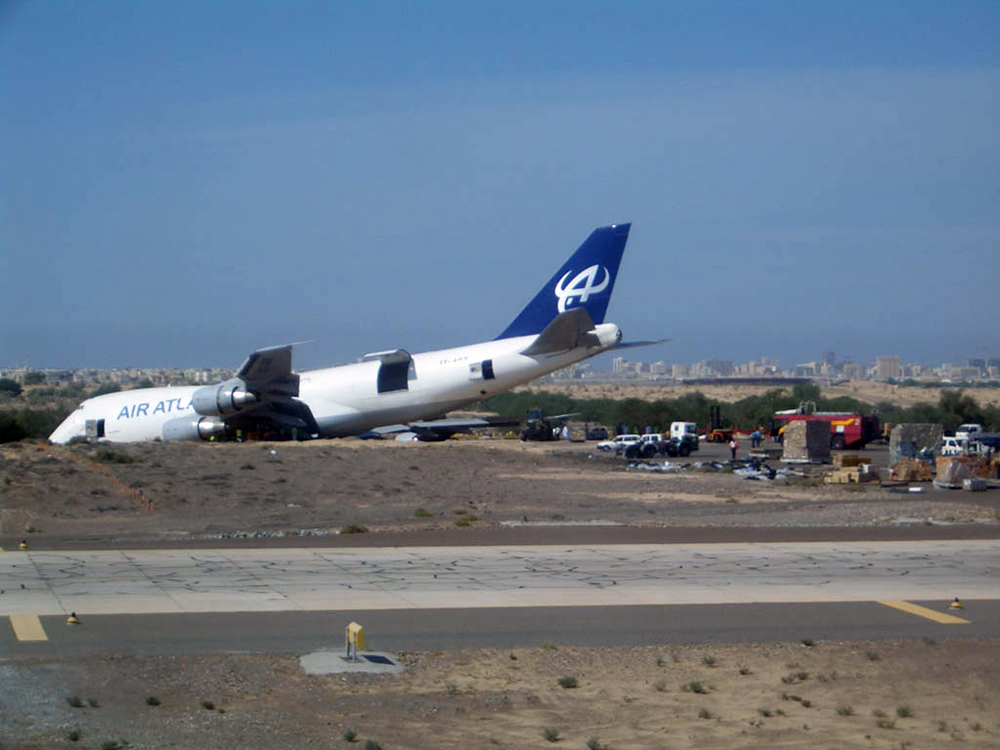
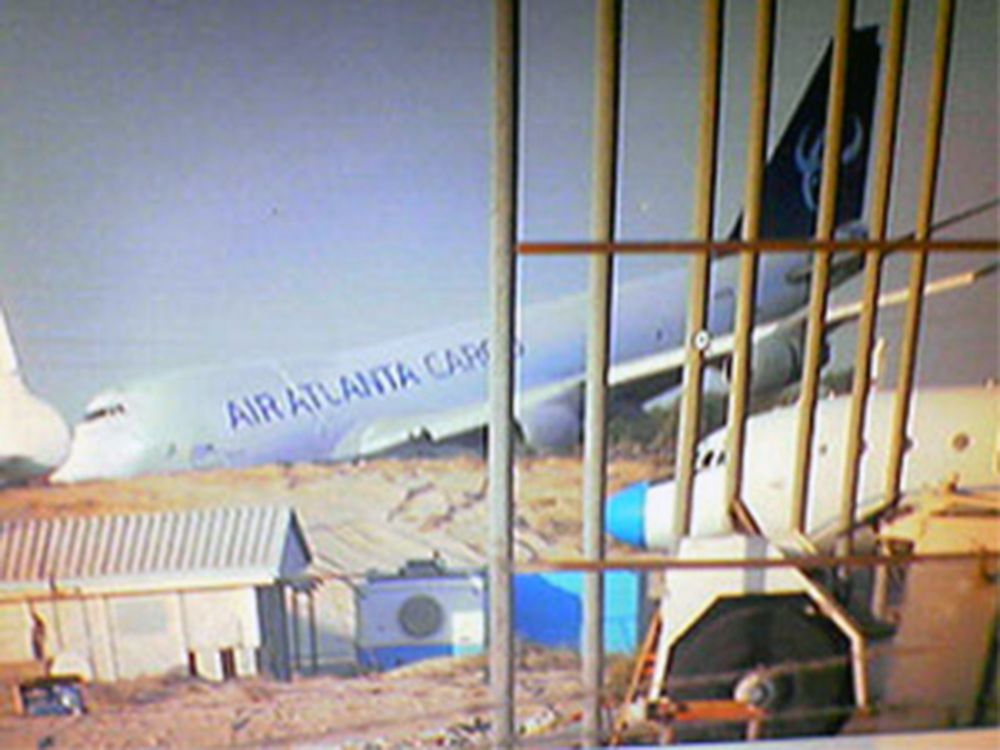


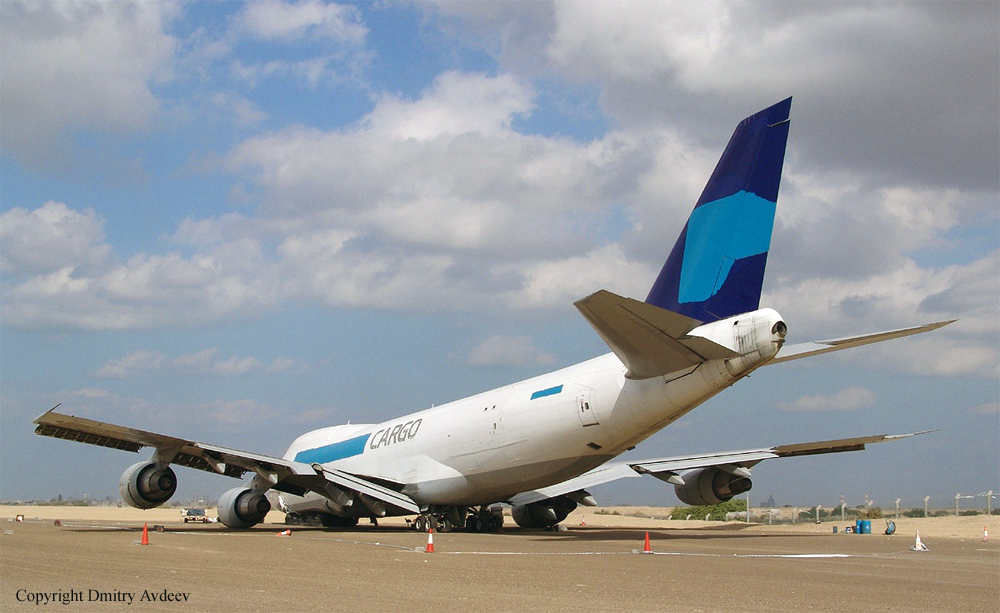
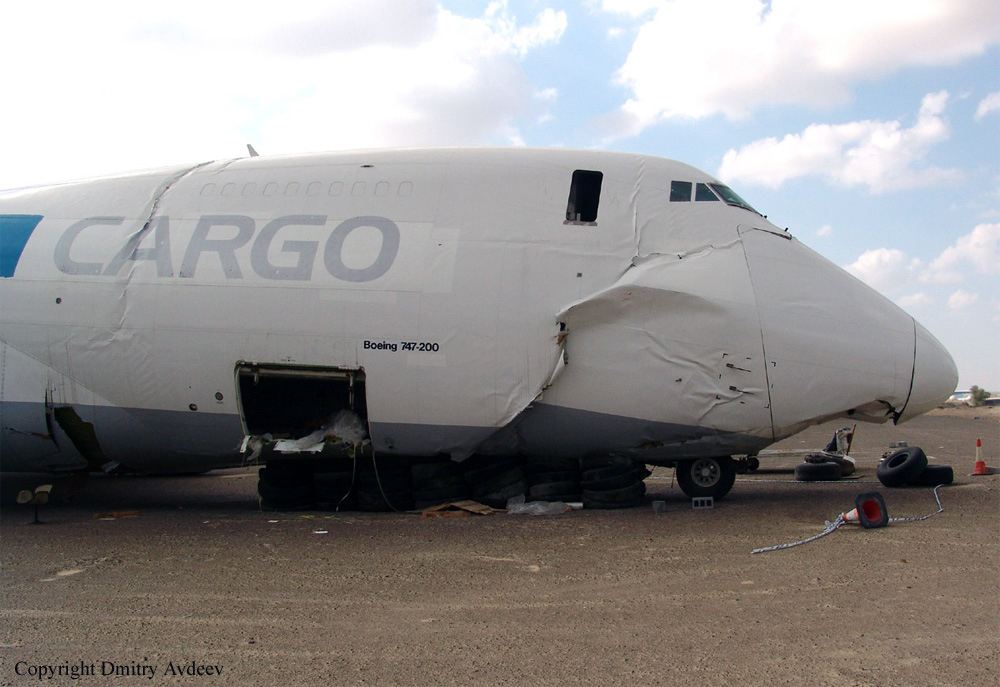
Crash of a Fokker 50 in Sharjah: 43 killed
Date & Time:
Feb 10, 2004 at 1138 LT
Registration:
EP-LCA
Survivors:
Yes
Schedule:
Kish Island - Sharjah
MSN:
20273
YOM:
1993
Flight number:
IRK1770
Crew on board:
6
Crew fatalities:
Pax on board:
40
Pax fatalities:
Other fatalities:
Total fatalities:
43
Captain / Total hours on type:
1516.00
Copilot / Total hours on type:
517
Aircraft flight hours:
20466
Aircraft flight cycles:
19845
Circumstances:
The aircraft was operating as a scheduled flight from Kish Island, Iran to Sharjah, UAE with the captain initially as the pilot flying (PF). During the cruise and just prior to descent, the captain unexpectedly handed over control of the aircraft to the First Officer prior to the approach to Sharjah. The first officer did not accept this willingly and stated that he was not confident of his ability to conduct a VOR/DME approach into Sharjah. This statement was not consistent with his previous experience and could indicate either a cultural or professional issue. The captain insisted the first officer fly the aircraft and encouraged and instructed him during the approach. At 11:24 hours local time, the aircraft contacted Dubai Arrivals and was cleared from 9000 ft to 5000 ft and instructed to expect a VOR/DME approach to runway 12 at Sharjah International Airport. At 11:29 hours the aircraft was further cleared to 2500 ft and cleared for the approach. The aircraft was under its own navigation and the daylight conditions were fine with excellent visibility. At 11:35 hours the aircraft was instructed to contact Sharjah Tower and the pilot reported that the aircraft was established on the VOR final approach for runway 12. The Tower cleared IRK7170 to land and advised that the wind was calm. At that point the aircraft was slightly above the approach profile. The initial speed for the approach was at least 50 kt high at approximately 190 kt with no flap and no landing gear. The aircraft should have been configured with landing gear down and flap 10° during the approach and stabilized at 130 kt prior to the MDA. Approaching the MDA at flight idle setting, the autopilot was disengaged and the first Officer called for flap 10 at 186 kt (limiting speed of 180 kt) and flap 25 was selected by the Captain, a setting uncalled for by the Pilot Flying at 183 kt (limiting speed of 160 kt), and the landing gear was called for and selected at approximately 185 kt (limiting speed of 170 kt). The captain then took control of the aircraft and shortly afterwards the ground range selectors were heard by Cockpit Voice Recorder to be lifted and the power levers moved from the flight idle stop into the ground control range. The left propeller then went to full reverse whilst the right propeller remained in positive pitch within the ground control range. The aircraft descended in an extreme nose low left bank attitude until impact. The aircraft crashed 2.6 nm from the runway onto an unprepared sandy area adjacent to a road and residential buildings. The aircraft broke apart on impact and a fire started immediately. Three passengers suffered injuries while 43 other occupants were killed.
Probable cause:
During the final approach, the power levers were moved by a pilot from the flight idle position into the ground control range, which led to an irreversible loss of flight control. The following contributing factors were identified:
1. By suddenly insisting the First Officer fly the final approach, the pilot in command created an environment, which led to a breakdown of crew resource management processes, the non observance of the operator’s standard operating procedures and a resultant excessive high approach speed.
2. An attempt to rectify this excessive high approach speed most likely resulted in the non compliance with the Standard Operating Procedures and the movement of the power levers below flight idle.
3. The unmodified version of the Skid Control Unit failed to provide adequate protection at the time of the event.
1. By suddenly insisting the First Officer fly the final approach, the pilot in command created an environment, which led to a breakdown of crew resource management processes, the non observance of the operator’s standard operating procedures and a resultant excessive high approach speed.
2. An attempt to rectify this excessive high approach speed most likely resulted in the non compliance with the Standard Operating Procedures and the movement of the power levers below flight idle.
3. The unmodified version of the Skid Control Unit failed to provide adequate protection at the time of the event.
Final Report:

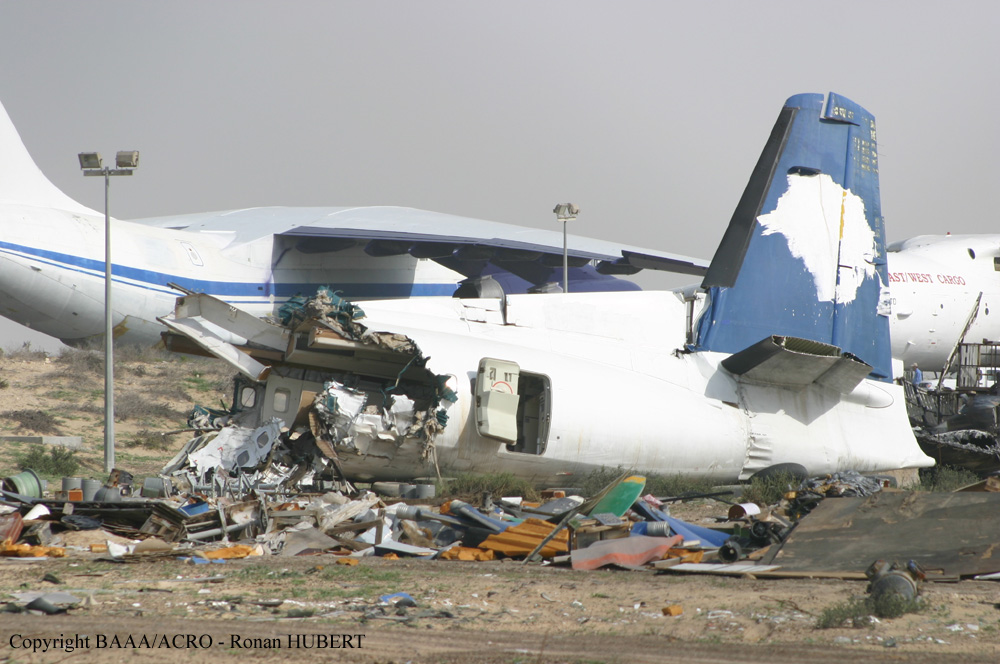


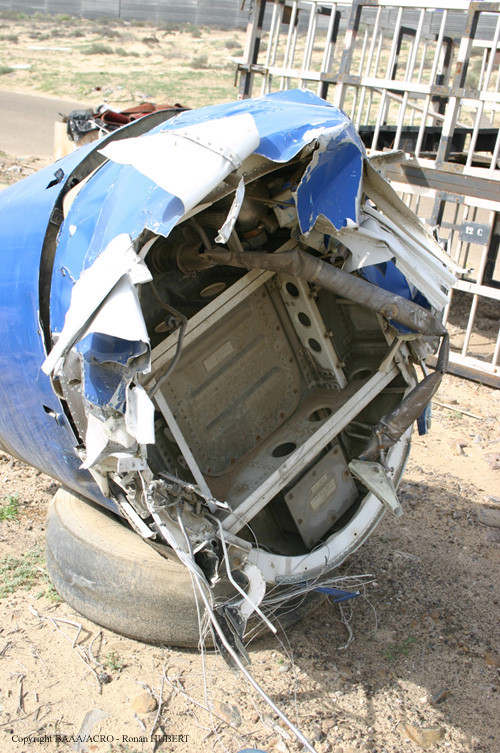





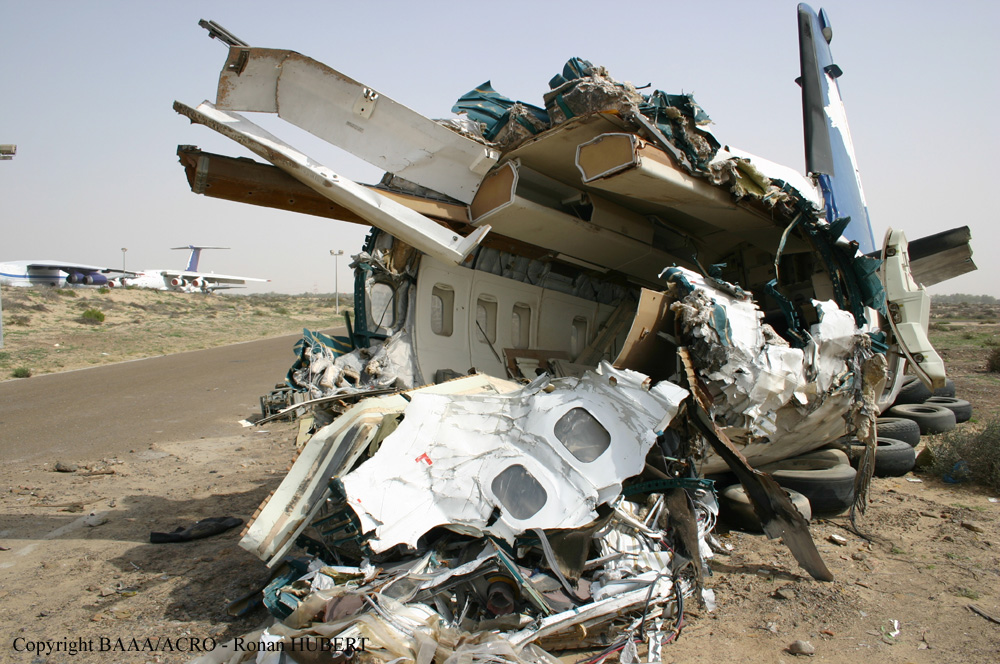
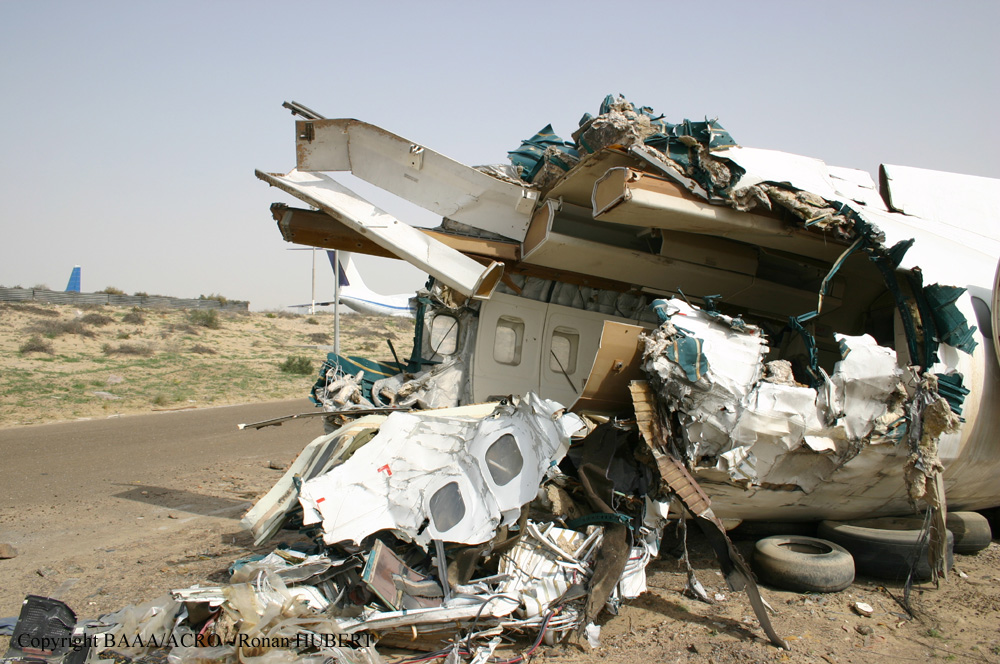

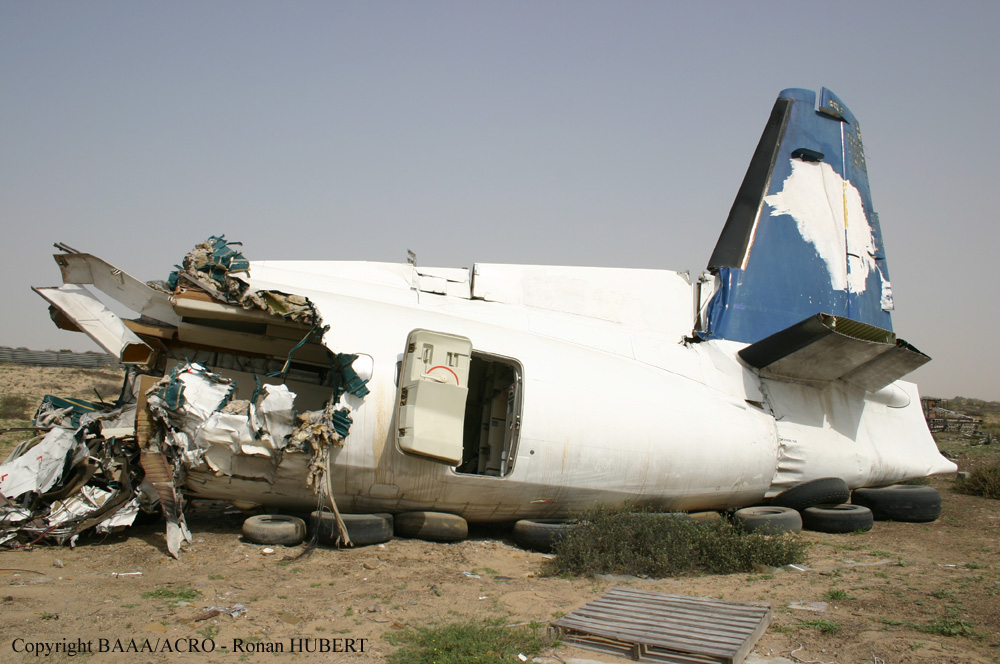
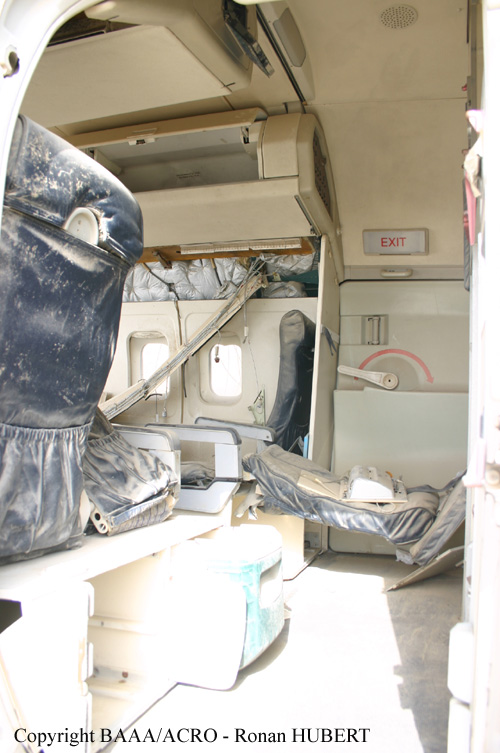



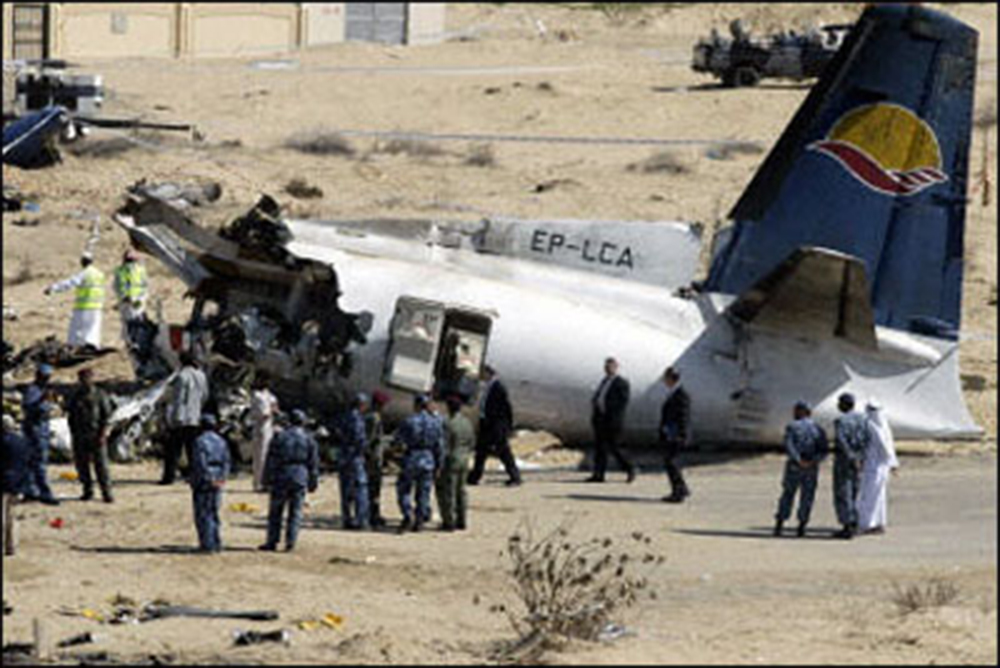
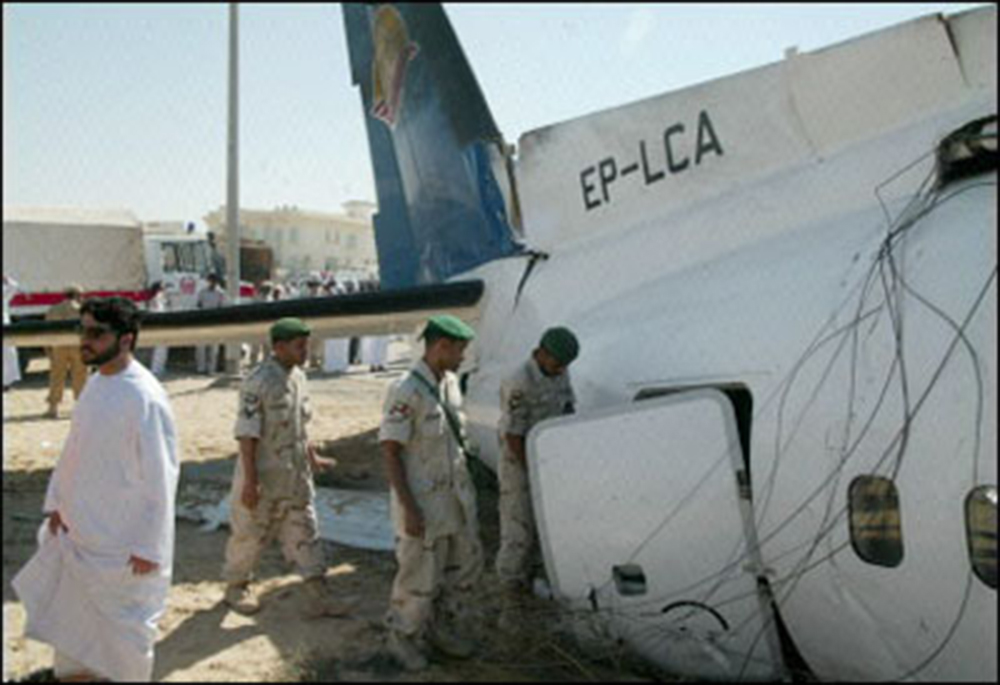


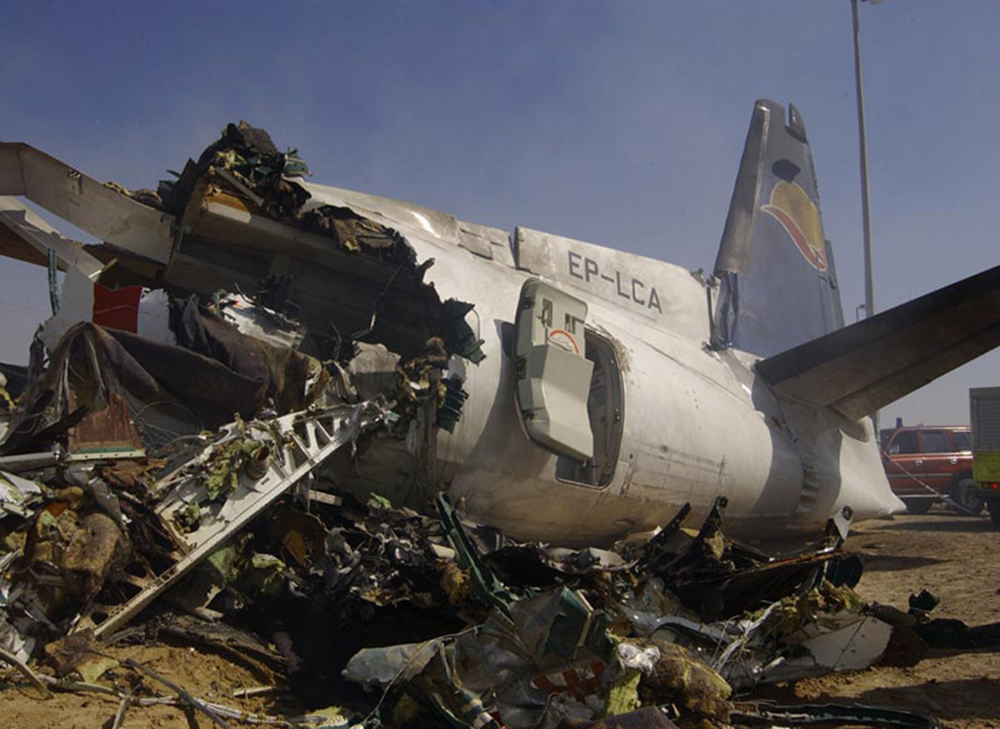
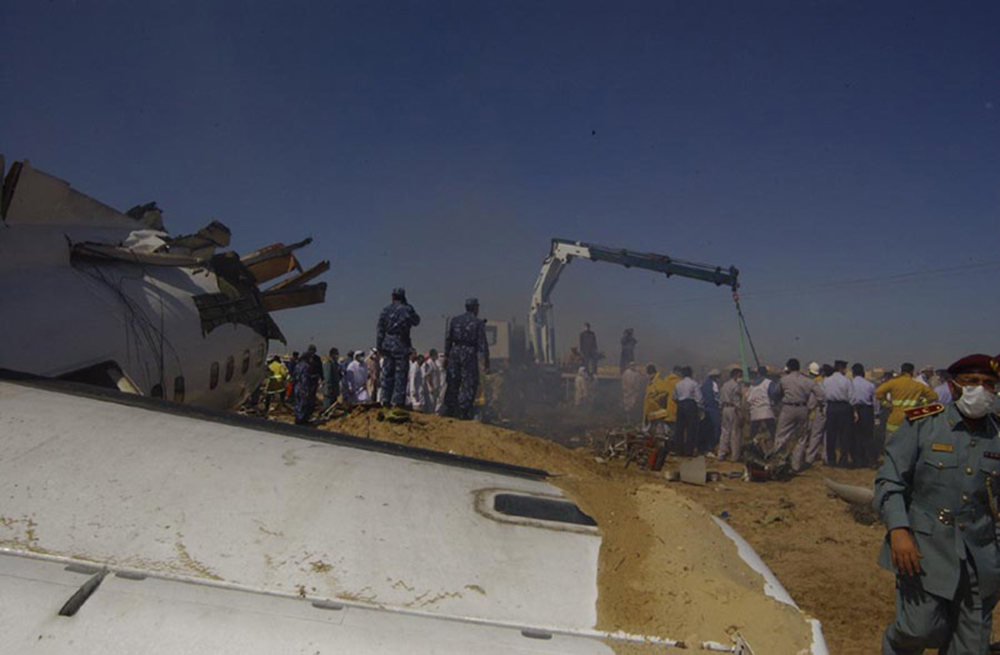

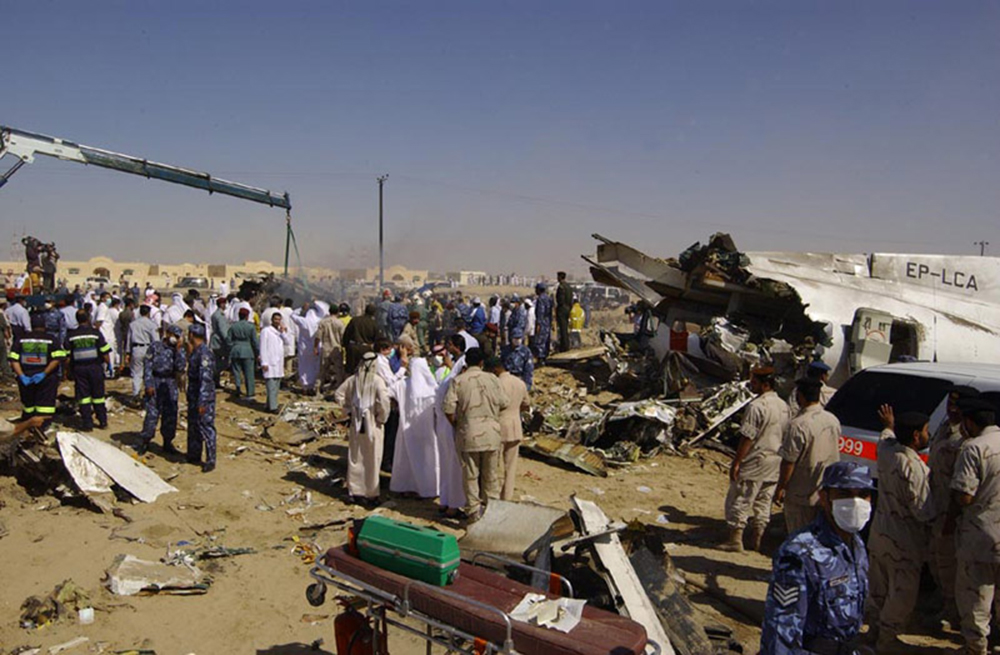

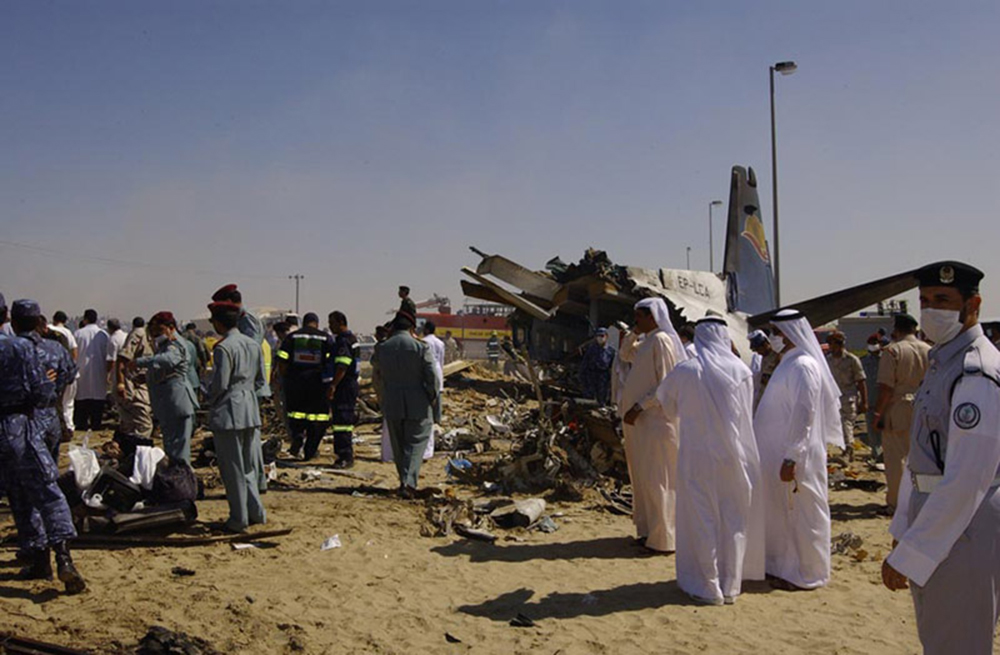
Crash of a Tupolev TU-154B-1 in Sharjah: 85 killed
Date & Time:
Dec 15, 1997 at 1835 LT
Registration:
EY-85281
Survivors:
Yes
Schedule:
Dushanbe - Sharjah
MSN:
78A281
YOM:
1978
Flight number:
TZK3183
Crew on board:
7
Crew fatalities:
Pax on board:
79
Pax fatalities:
Other fatalities:
Total fatalities:
85
Circumstances:
Following an uneventful flight, the aircraft entered the UAE airspace and was cleared by Dubai ATC to successively descend to FL170, 100, 060 and 025 via heading 190. Passing 3,460 feet on descent, the crew was cleared to continue to 1,500 feet when, at an altitude of 1,800 feet, the aircraft entered an area of turbulences. The level of 1,500 feet was reached 15 km from the runway 30 threshold. For unknown reasons, the crew failed to report he was passing 1,500 feet and was then instructed to continue via heading 270 for the final approach to runway 30. In a relative limited visibility, the crew initiated a right turn at a speed of 400 km/h then lowered the landing gear. At an altitude of 820 feet, an alarm sounded in the cockpit, informing the crew about an excessive angle of attack. The captain corrected the pitch from 20° to 14° when few seconds later, at an altitude of 690 feet, the aircraft entered a second area of turbulences. The captain realized his altitude was insufficient and requested an increase of engine power when the aircraft struck the ground and crashed 13 km short of runway, bursting into flames. The copilot was the only survivor while 85 other occupants were killed. The aircraft disintegrated on impact.
Probable cause:
The accident was the consequence of a controlled flight into terrain.
The following findings were identified:
- The crew failed to follow the approach published procedures,
- The crew continued the approach below the MDA until the aircraft collided with terrain,
- The crew failed to proceed to the usual approach briefing and checks,
- Lack of visibility due to the night,
- Crew fatigue,
- Lack of crew mutual crosscheck during descent,
- Lack of crew coordination,
- Turbulences in the approach path,
- Non compliance to published procedures.
The following findings were identified:
- The crew failed to follow the approach published procedures,
- The crew continued the approach below the MDA until the aircraft collided with terrain,
- The crew failed to proceed to the usual approach briefing and checks,
- Lack of visibility due to the night,
- Crew fatigue,
- Lack of crew mutual crosscheck during descent,
- Lack of crew coordination,
- Turbulences in the approach path,
- Non compliance to published procedures.
